RIPE Atlas is releasing a new service for Local Internet Registries (LIRs): if you are a member of the RIPE NCC, you can test the reachability of your IPv6 website from all IPv6-capable RIPE Atlas probes (currently more than 600).
Introduction
In preparation for the World IPv6 Launch on 6 June 2012, the RIPE NCC wants to help its members see their own network from the outside and determine whether they can be reached by others over IPv6.
This is a new service, available ONLY to RIPE NCC members. All members can use this; you do not have to host a RIPE Atlas probe in order to conduct this specific "reachability test". This is an additional membership benefit to enable (limited) access to RIPE Atlas for those LIRs who do not host a RIPE Atlas probe already. Existing RIPE Atlas probe hosts have access to User Defined Measurements (UDMs) and can perform similar tests themselves.
Using a simple interface, LIR contacts can use the RIPE Atlas platform to schedule traceroute measurements to their IPv6-enabled host from all IPv6-enabled RIPE Atlas probes. Based on the results, you can draw conclusions about those networks (Autonomous Systems) that can or can not reach your host. This will allow you to investigate and fix potential reachability problems. You can repeat the measurements until you are satisfied with the results. This iterative process will help you make your network an example of IPv6 reachability by 6 June!
At the same time, we will analyse the aggregated data produced by this service and, if appropriate, publish the results. This might show the state of IPv6 reachability for users of this service before and after the World IPv6 Launch.
Performing the tests
In order to use this new service, you need to log in to RIPE Atlas with your RIPE NCC Access account that you use for accessing the LIR Portal and other RIPE NCC services (this is how we can recognise you as a member of the RIPE NCC). You then follow the link to "Test IPv6" as shown in the image below.

Alternatively, you can go directly to this URL: https://atlas.ripe.net/atlas/ipv6_traces.html
That way you can request that all the IPv6-capable RIPE Atlas probes perform traceroute6 to the target of your choice.
Setting it up is very easy - just specify the target. In the image below, you can see the simple input form:

You can configure up to three "targets" at a time. We schedule all the incoming measurements from all LIRs and put them in a wait queue, which means your measurements can be delayed. How long you will have to wait to receive the results will depend on how many other measurements are still in the wait queue. We are running 10 measurements simultaneously; each can take up to 45 minutes.
Looking at the results
You can access the results of your own measurements through the RIPE Atlas UDM interface . Note that you can only see your own results, and you need to be logged in.
If you have scheduled multiple measurements, once they have started, you can click on them in the list of UDMs and change the description, or stop them. The automatically generated description is "Traceroutev6 to the &target in LIR queue".
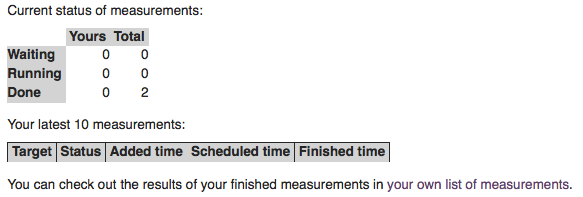
The results will be most useful if the destination and the path to a host is reachable by traceroute6. So if possible, we advice you to remove any filtering of UDP traceroute and resulting ICMP6 traffic.
Initially, the format of the results is a raw dump of traceroute results; you can download it as a JSON file, and perform your own analysis.
We are working on better visualisation and some more customised analysis which will be made available soon through the RIPE Atlas UDM interface. So if you don't want to do the analysis of the raw data yourself, you can wait for this to become available.
However, we do encourage you to go ahead and perform some measurements in order to provide enough data for the later analysis and visualisation.
Initial limitations
Currently, around 4,000 LIRs have received IPv6 address space from the RIPE NCC; if all of them would use this new service at the same time, the system would become overloaded. That is why we have limited the number of concurrent measurements from the same LIR/user to three (and three more in the "waiting" queue) and the duration of the measurements to 45 minutes for now.
For RIPE Atlas probe hosts who are performing customised measurements, this additional service does not decrease your number of credits. However, it does influence your daily limit, so you might run into problems if you want to perform additional measurements during this time.
As always, if you encounter any problems, please let us know at atlas@ripe.net ">atlas [at] ripe [dot] net.
If you find that these limitations are too strict, please let us know, and we might relax them for you, or it might turn out that our system is much more resilient so that we can allow more concurrent measurements for all.
Actions
In order to make these tests more successful, this is what you can do:
- Give it a try! Schedule a test, repeat it after few days, and see the difference
- Enable IPv6 on your probe and on your network
- Remove ICMPv6 filtering
- Sponsor more probes in networks or areas from where you would like to see measurements coming
- Tell us what problems you diagnose, and how you solved them, so that others can learn from your shared experience
For feedback, you can use the forum on RIPE Labs, the ripe-atlas mailing list or the MAT-WG mailing list .
Happy measuring!

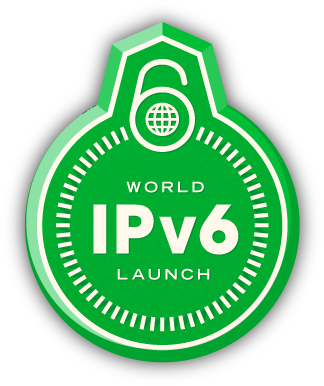
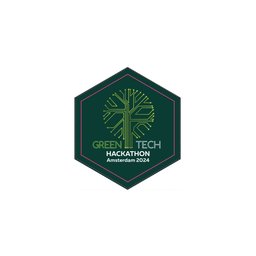
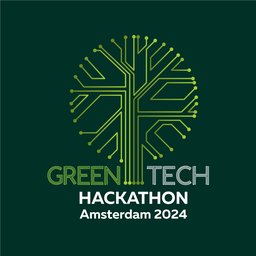
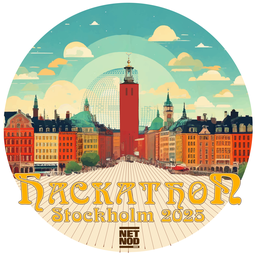
Comments 0
The comments section is closed for articles published more than a year ago. If you'd like to inform us of any issues, please contact us.